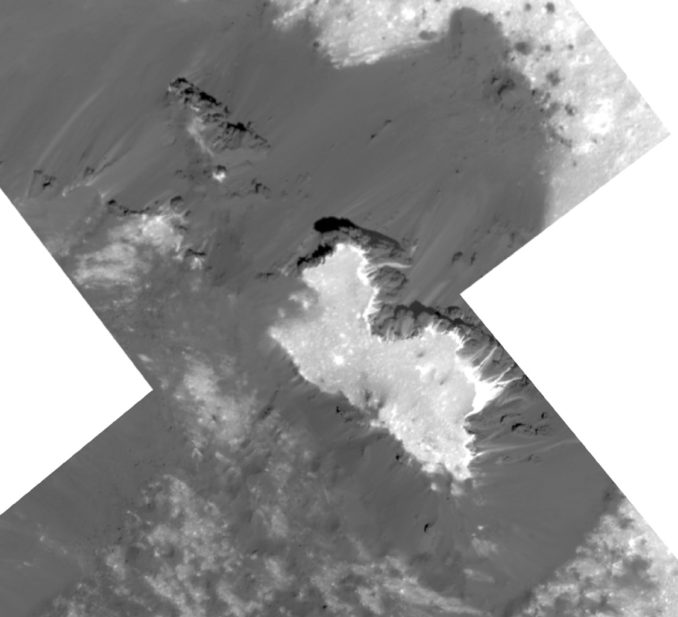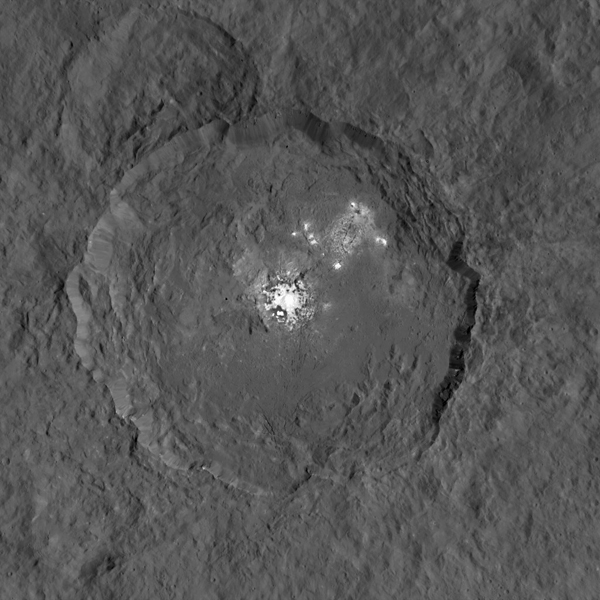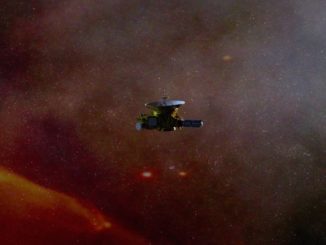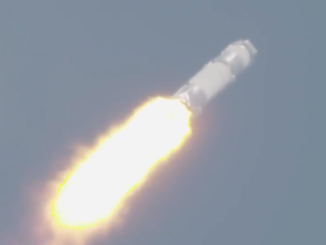
Fresh pictures from NASA’s Dawn spacecraft have provided the sharpest glimpse yet of the bright salt deposits discovered inside a crater on Ceres, the largest object in the asteroid belt.
The new views show the bright features inside Ceres’ Occator Crater, which were first detected on Dawn’s approach to the dwarf planet in early 2015, in greater detail.
Results from Dawn’s previous observations of the crater showed the features were made of sodium carbonate — a type of salt compound commonly found in evaporite deposits on Earth.
Last week, Dawn fired its xenon-fueled ion engine, possibly for the final time, to bend its orbit to fly closer to Cerealia Facula, the large deposit of sodium carbonate at the center of Occator Crater, a 57-mile-wide (92-kilometer) depression carved by an ancient collision with an asteroid or comet, according to NASA.
The latest pictures show a patch of bright salt on an elevated surface, resembling a mesa or butte.
The salt features found on Ceres are the largest deposits of carbonates ever observed outside of Earth, and possibly Mars, according to scientists.
“Acquiring these spectacular pictures has been one of the greatest challenges in Dawn’s extraordinary extraterrestrial expedition, and the results are better than we had ever hoped,” said Marc Rayman, Dawn’s chief engineer and project manager at NASA’s Jet Propulsion Laboratory in Pasadena, California. “Dawn is like a master artist, adding rich details to the otherworldly beauty in its intimate portrait of Ceres.”

Scientists believe the salt deposits were exposed either from a shallow, sub-surface reservoir that may have dried up and left behind a layer of sodium carbonate, or from a deeper supply of briny, salt-enriched water that may have percolated up through fractures of Ceres’ surface.
The jury is still out on the origin of the bright salt deposits, and Dawn’s upcoming observations should help scientists sort out how the features were formed. New measurements from Dawn’s lower orbit will also give researchers data with finer resolution on Ceres’ internal structure and global mineral composition.
“The first views of Ceres obtained by Dawn beckoned us with a single, blinding bright spot,” said Carol Raymond of JPL, Dawn’s principal investigator. “Unraveling the nature and history of this fascinating dwarf planet during the course of Dawn’s extended stay at Ceres has been thrilling, and it is especially fitting that Dawn’s last act will provide rich new data sets to test those theories.”
Dawn is in the final months of its mission, and ground controllers nudged the spacecraft into an orbit last month which takes the probe 10 times closer to Ceres than ever before. The new elliptical orbit, which takes the probe from a little more than 20 miles (33 kilometers) above Ceres to a maximum distance around 2,500 miles (4,000 kilometers) will force Dawn to burn its remaining propellant faster, limiting its lifetime.
The spacecraft will remain in orbit around Ceres when it runs out of fuel, but Dawn will end its mission because it will no longer able to point its solar arrays toward the sun, or aim its antenna toward Earth.
The Dawn spacecraft was manufactured by Orbital ATK — now Northrop Grumman — and launched from Cape Canaveral aboard a United Launch Alliance Delta 2 rocket in September 2007. It orbited the giant asteroid Vesta in 2011 and 2012, then headed for Ceres.



